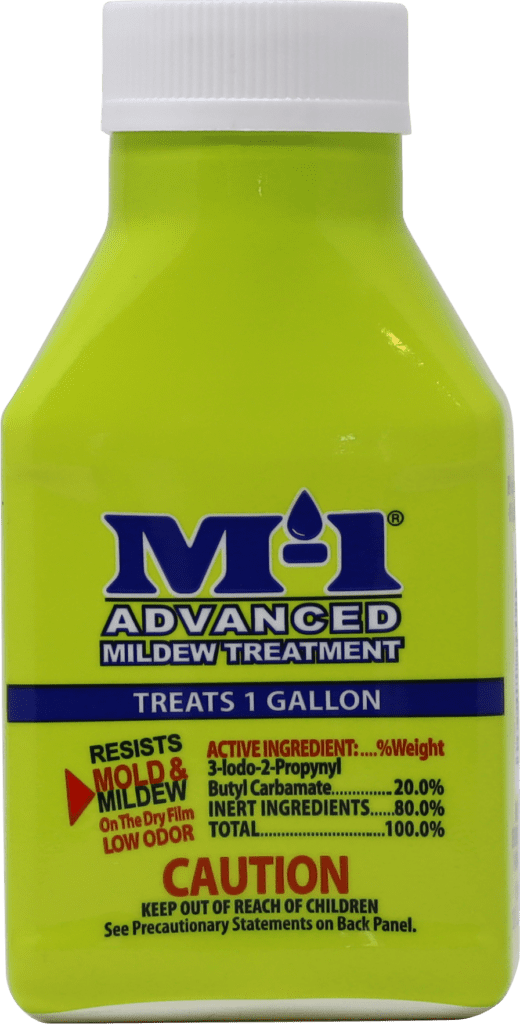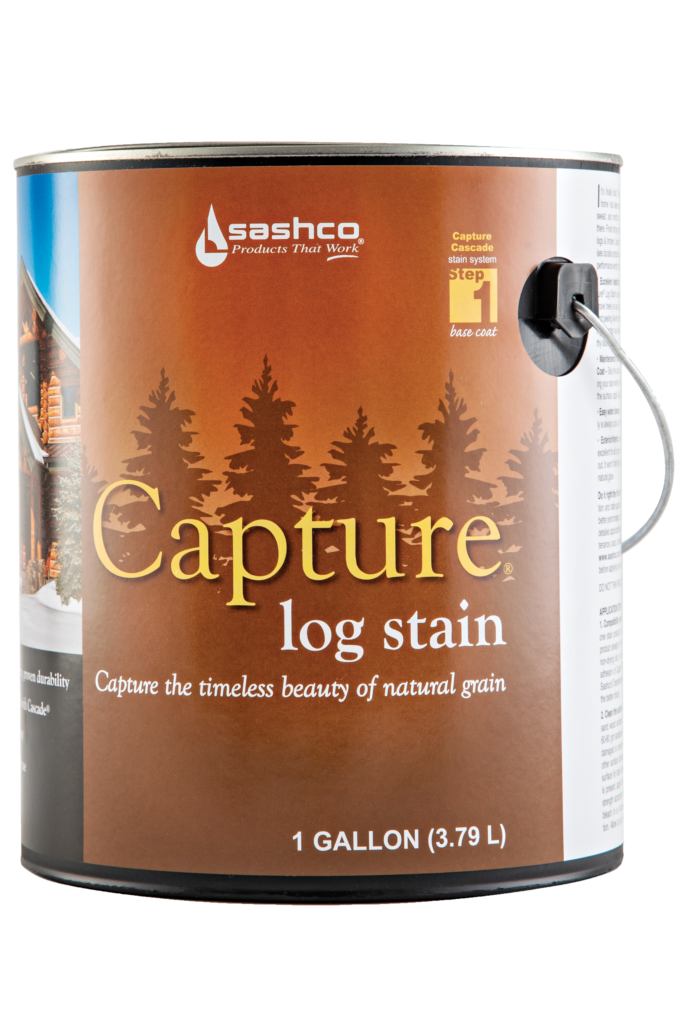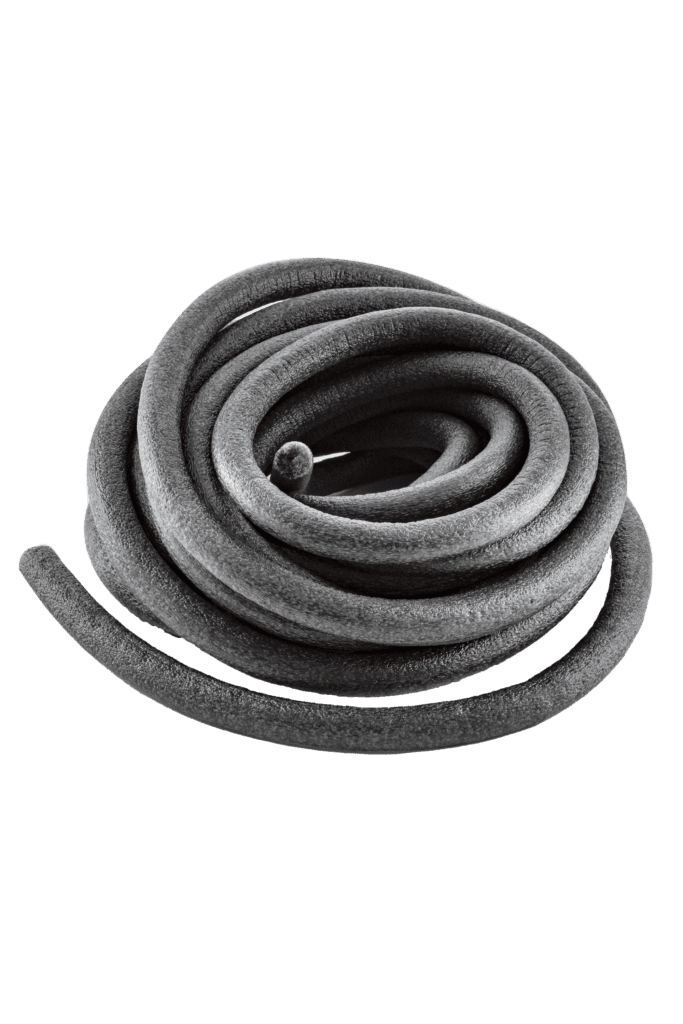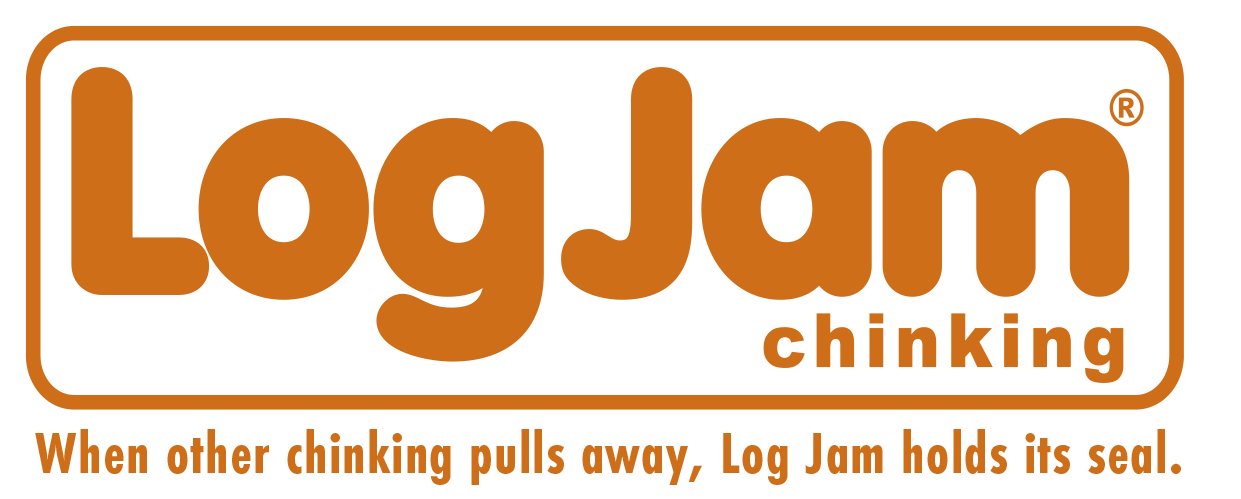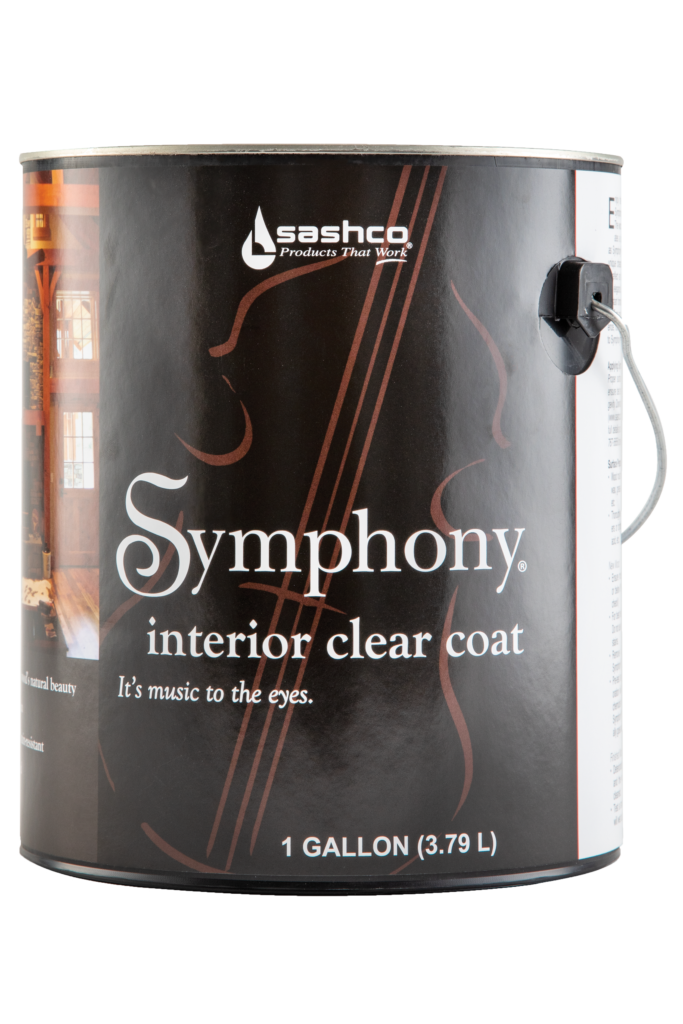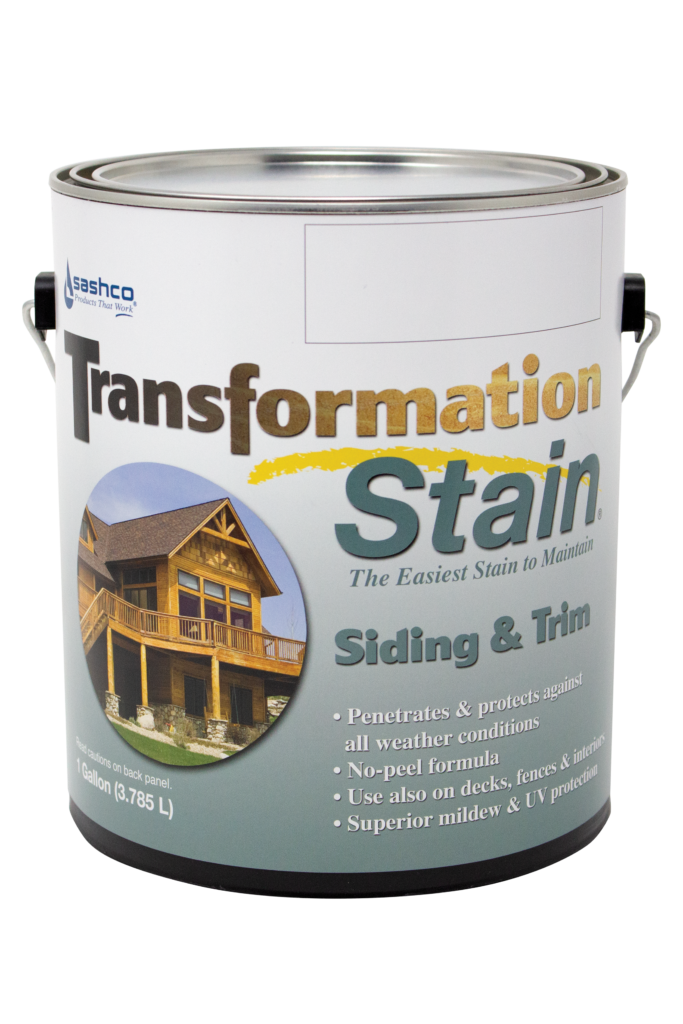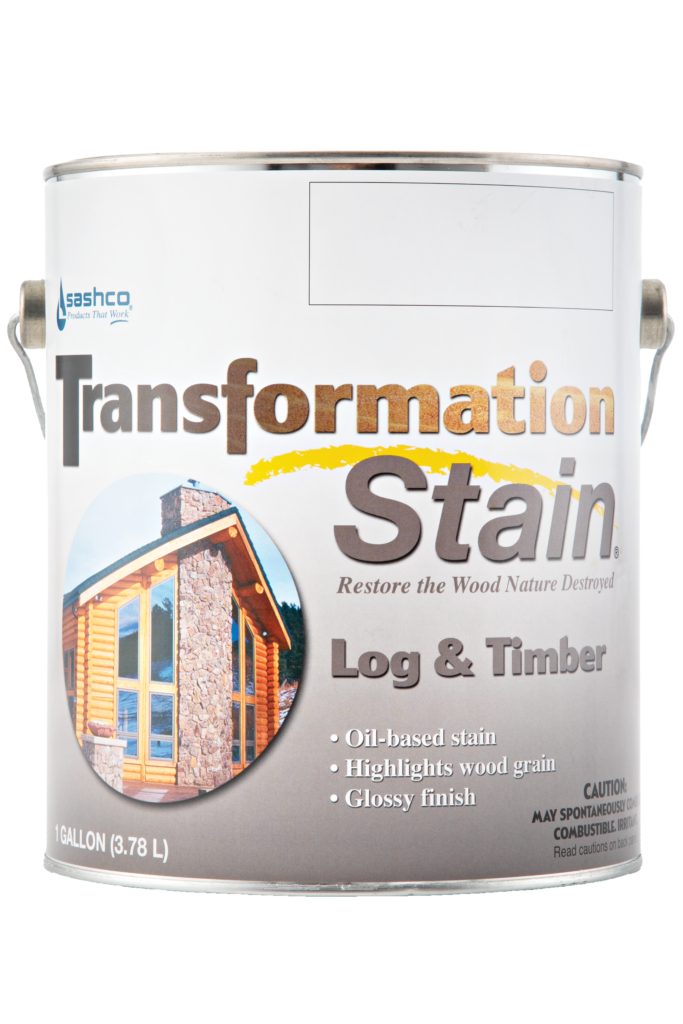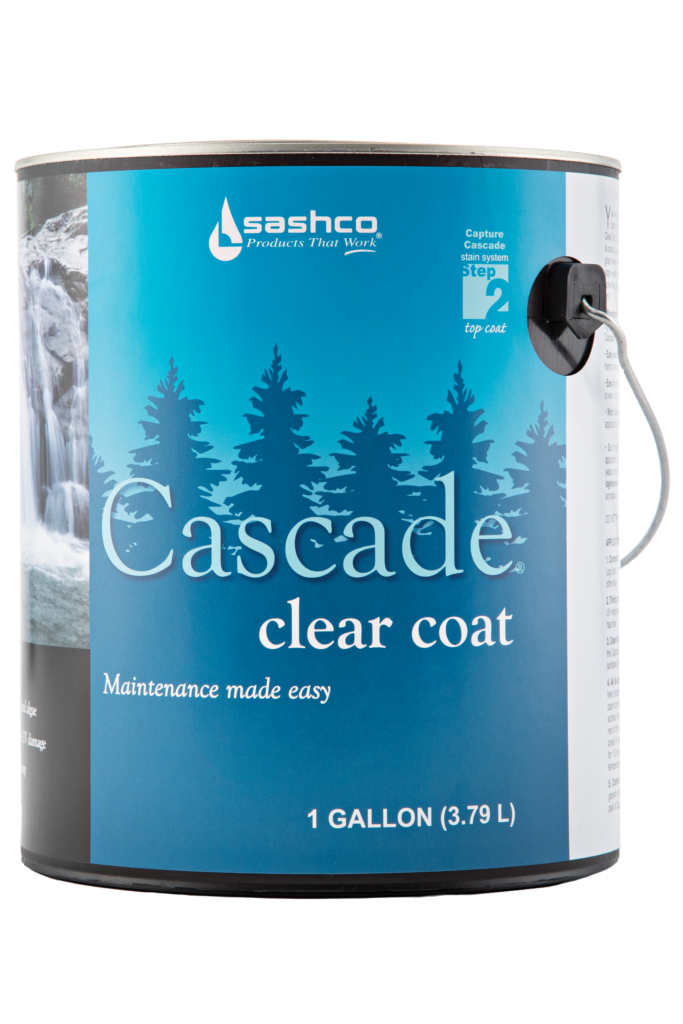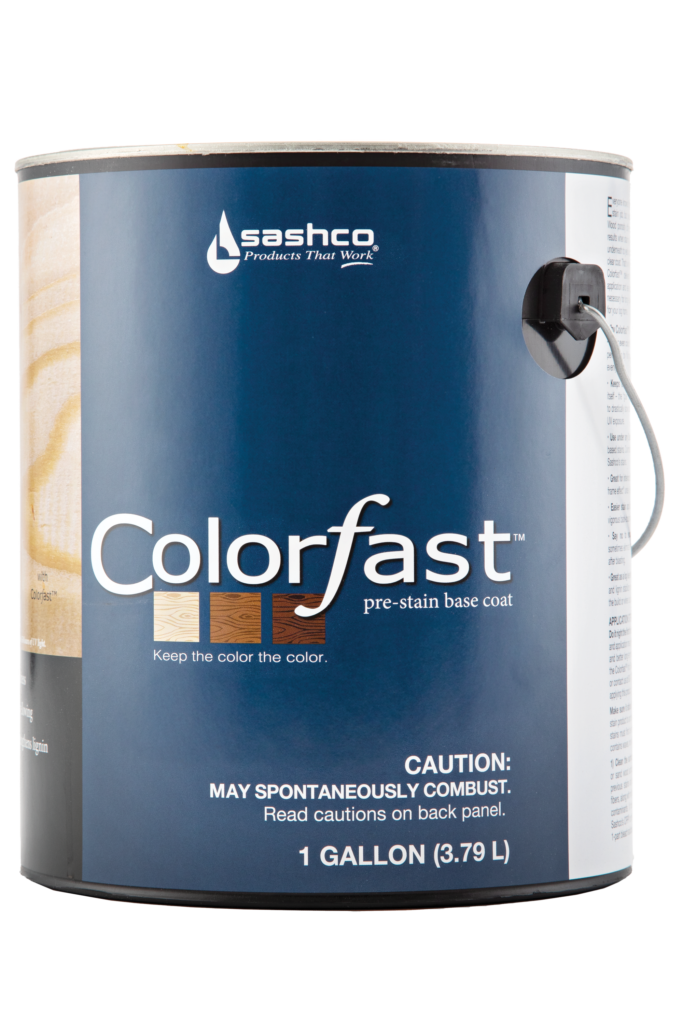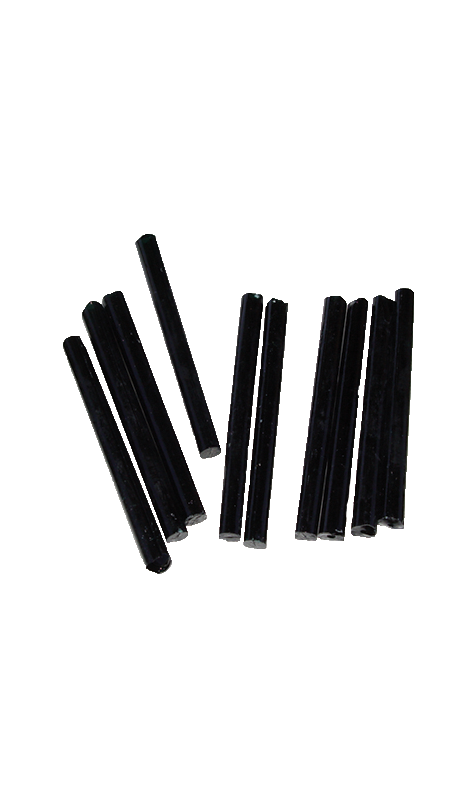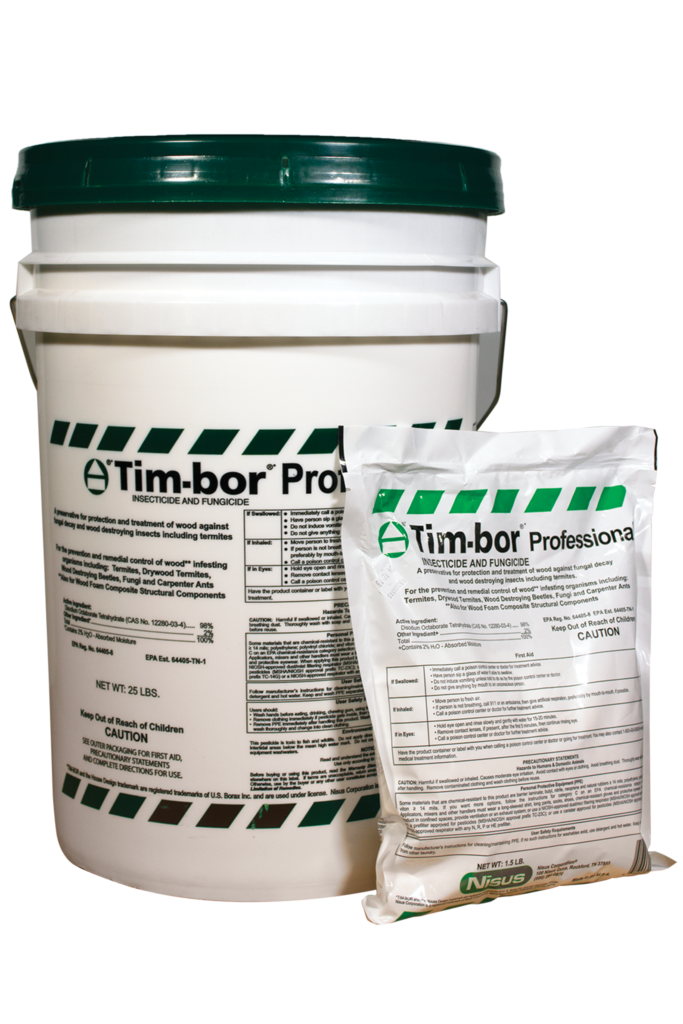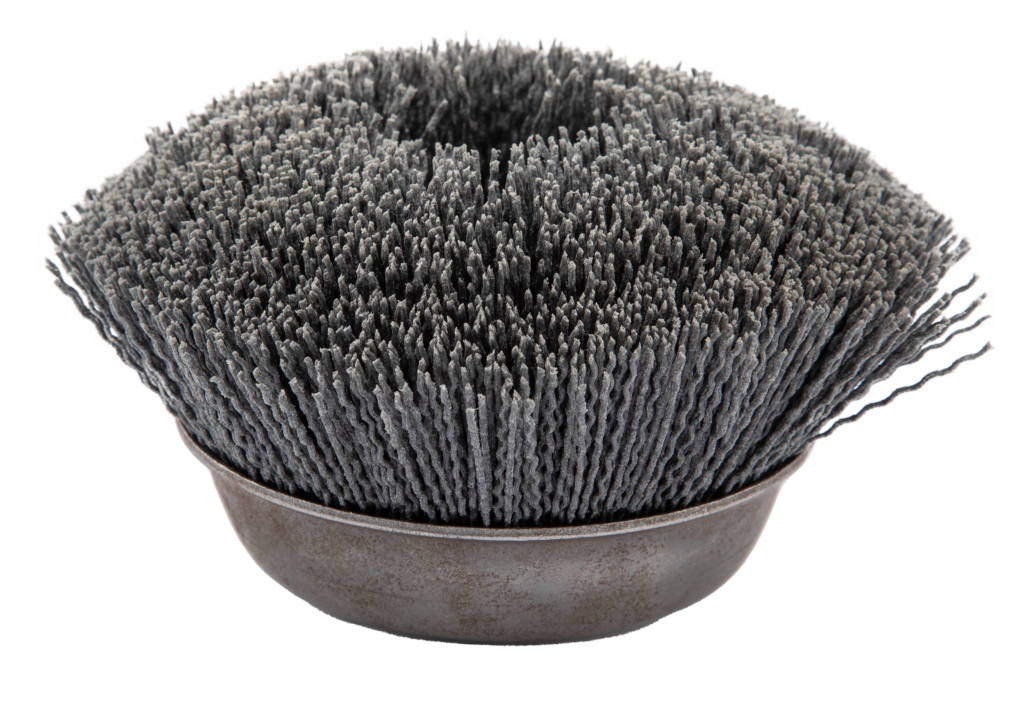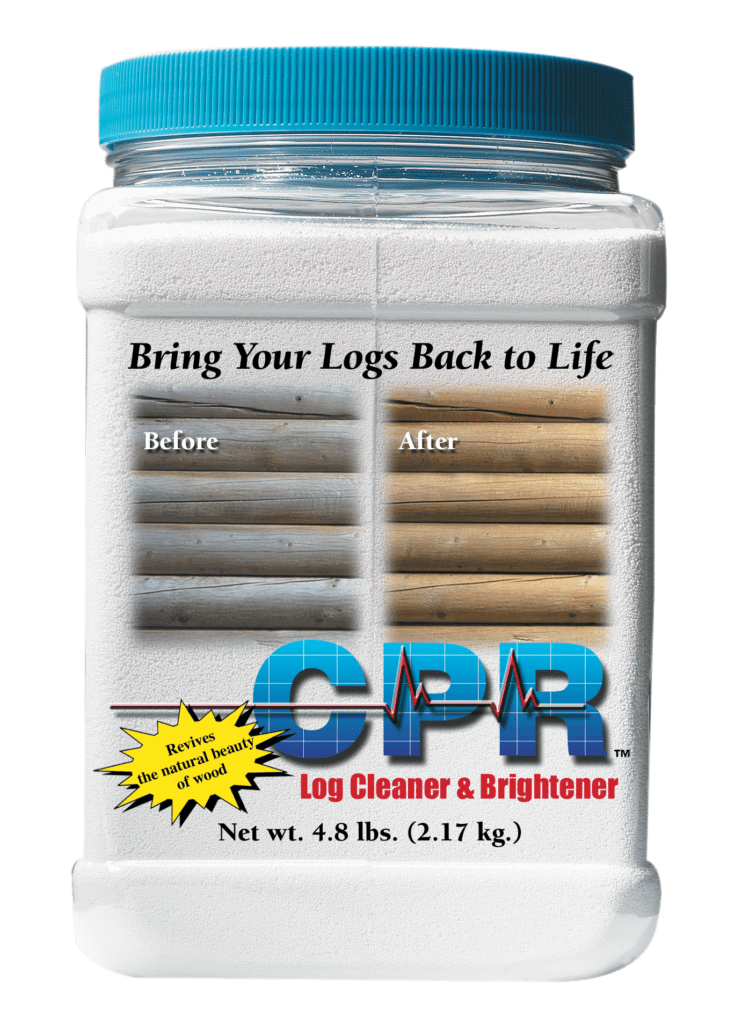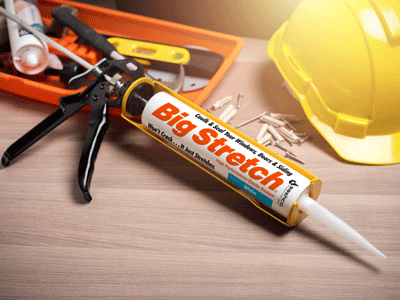
Choosing the Best Caulking Gun | Caulk Bead Quality & Thrust Ratio.
What’s the fuss about caulk guns?
Many of us don’t give caulk guns much thought. Typically, they’re the inexpensive throw-away tools tossed in the toolbox at the beginning of a job.
Those guns quickly turn into clumsy, uncomfortable tools that don’t put caulk exactly where you want it. They break often and require frequent replacement, which means they cost you more money in the long run.
What makes us so interested in caulk guns? We make caulk, and we think it is important to have a tool that can help improve a job while reducing fatigue and time spent on it. The idea is to buy a caulk gun that produces an effective caulk bead, handles easily, and minimizes waste.
Good caulking guns have several key features to look for. Here are some of the most significant elements to consider.
Caulk Bead Quality
A good caulk bead isn’t just pretty–it ensures a quality job that will hold up over time. A good caulk gun delivers a smooth, continuous bead of caulk, which is crucial for adhesion, aesthetics, and cleanup. Using a smooth bead from a caulk gun lets you contact your caulk and substrate better. In other words, your caulk will stick better, and there won’t be as much mess to clean up afterward. Bonus, a caulk bead that already looks great will also require less smoothing out and time equals money.
Ratchet Rod Vs. Smooth Rod
You’re probably familiar with the two types of rods on a caulk gun. The ratchet rod (the old-school mechanism) works in set increments with a thrust ratio of 5:1, which makes it difficult to control the flow. The smooth rod caulk gun has a thrust ratio of 10:1 (or greater), making it easier to push out a caulk bead. It also allows you to pull the trigger in small increments, which makes adjusting the caulk bead much more manageable.
Thrust Ratio
A successful caulking job depends on the thrust ratio. You can’t lay a good bead if your muscles fight the gun. With a 10:1 thrust ratio, 10 pounds of force are applied to the tube for each pound of pressure you apply to the trigger. Although the ratio of your caulk gun directly affects how easily it extrudes the caulk, other factors also influence your thrust ratio. When you use thicker caulk, you’ll need a higher thrust ratio to maintain a consistent bead. Low temperatures thicken caulk and require a higher thrust ratio. Generally, lower-cost caulk guns have a smaller thrust ratio. For example, if you’re using cement, you will need a thrust ratio of at least 10:1.
Poker Rod
Caulk cartridges have an inner foil seal to puncture before use. A caulk gun should come with a thin poker rod to puncture this seal. Having a poker rod on hand saves you time and hassle compared to fishing around for nails on the job site.
Nozzle Cutter
The nozzle cutter on most caulk guns, including the cheaper ones, is a thoughtful feature, but we do not recommend using it. It slices the caulk nozzle tip at a 90-degree angle, creating an unruly, large bead. You will get better contact with the substrate and caulk, more precisely, if the nozzle is cut with a sharp utility knife at a 45-degree angle.
Hold and Maneuverability
A neat caulking job requires precise caulk gun maneuverability-if it slips from your grip, you’ll have to clean up. When caulking at a difficult angle, cheaper guns usually have a gap at the trigger that pinches your skin. However, a quality caulk gun should be designed to allow you to effortlessly grasp the tool and tackle corners while maintaining a secure grip. Caulk guns with good grips are crucial when doing difficult angles. In addition to being comfortable to handle while extruding beads, they should also be easy to load and unload cartridges
Tackles Corners Well
With a revolving frame, it’s easy to maintain the bead even when dealing with corners and tricky angles.
When you pick up a caulk gun for the first time, the weight might not seem important, but as you use it for hours, it will tire out your grip and make it harder to apply caulk evenly neatly. For a caulk gun to feel comfortable in your hand for sustained periods, it should be relatively lightweight.
Weight
A caulk gun’s weight might not seem important when you pick it up for the first time, but when you’re using it for hours on the job, a heavy gun will tire out your grip and make it harder to keep your caulk bead neat and even. A good caulk gun should feel relatively lightweight and balanced in your hand for sustained periods of use.
One of the downsides to caulking is waste. Even when you release the trigger, the cartridge often continues to emit caulk, which means that you’re cleaning up frequently and wasting caulk. Caulk beads don’t stop for two reasons:
- The act of pushing the caulk out of the gun compresses the material. When the trigger is released, the caulk tries to expand back to its original volume.
- Occasionally, air bubbles get trapped in the cartridge. When those compressed bubbles expand, they push the caulk outward.
Waste Makes Haste!
It is common for the cartridges to emit caulk even after the trigger is released, which requires frequent cleaning and waste of caulk. Not cool!
Generally, caulk beads don’t stop for two reasons:
- When the caulk is pushed out of the gun, the material is compressed, then attempts to expand back to its original volume when the trigger is released.
- Sometimes air bubbles get trapped in the cartridge, and when they expand, they push the caulk outward.
Stopping the Caulk
A good caulk gun will have a mechanism that releases pressure from the back of the plunger as you release the trigger, ensuring that the gun isn’t forcing caulk out of the tube when you don’t want it to. Since the caulk still wants to expand, this mechanism won’t stop the bead from coming out of the nozzle entirely.
A Cartridge that Stops Itself with the Alyster Plunger
Ideally, a caulk gun has a mechanism that releases pressure from the plunger after you release the trigger, so it doesn’t flow out of the tube when you don’t want it to. Because the caulk still wants to expand, this mechanism won’t stop the bead from flowing out of the nozzle altogether. Enter the Alyster Plunger.
With the Alyster Plunger, a cartridge stops itself!
Considering how much we love our caulk, we invented our Alyster Plunger, a device we insert into each cartridge to prevent the caulk bead from extruding when the trigger is released on the caulk gun. In contrast to standard cartridges with stiff, flat plungers against the gun’s push plate at the end, the Alyster Plunger has a flexible dome compressed by the caulking gun during use. The dome feature re-forms when pressure is released, creating a suction that pulls the caulk back into the tube, stopping overflow. With the Alyster Plunger, less product is wasted during each application, ensuring you get every ounce of caulk you need. Sweet!
The bottom line? You can caulk with confidence!
A good caulk gun can make caulking a fast, effortless task with better-looking caulk beads, easier handling, and reduced waste.
We’re sorry to sound like a broken record here. Investing in a high-quality caulk gun is worth it! It’s like having a high-quality saw or hammer that helps you do your finest work. It improves your work performance on both speed and quality. When applying caulk professionally, you can prevent leaks and ensure a long-lasting job, and the right caulk gun (along with quality caulk!) is crucial.
